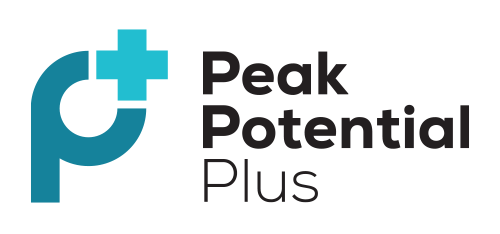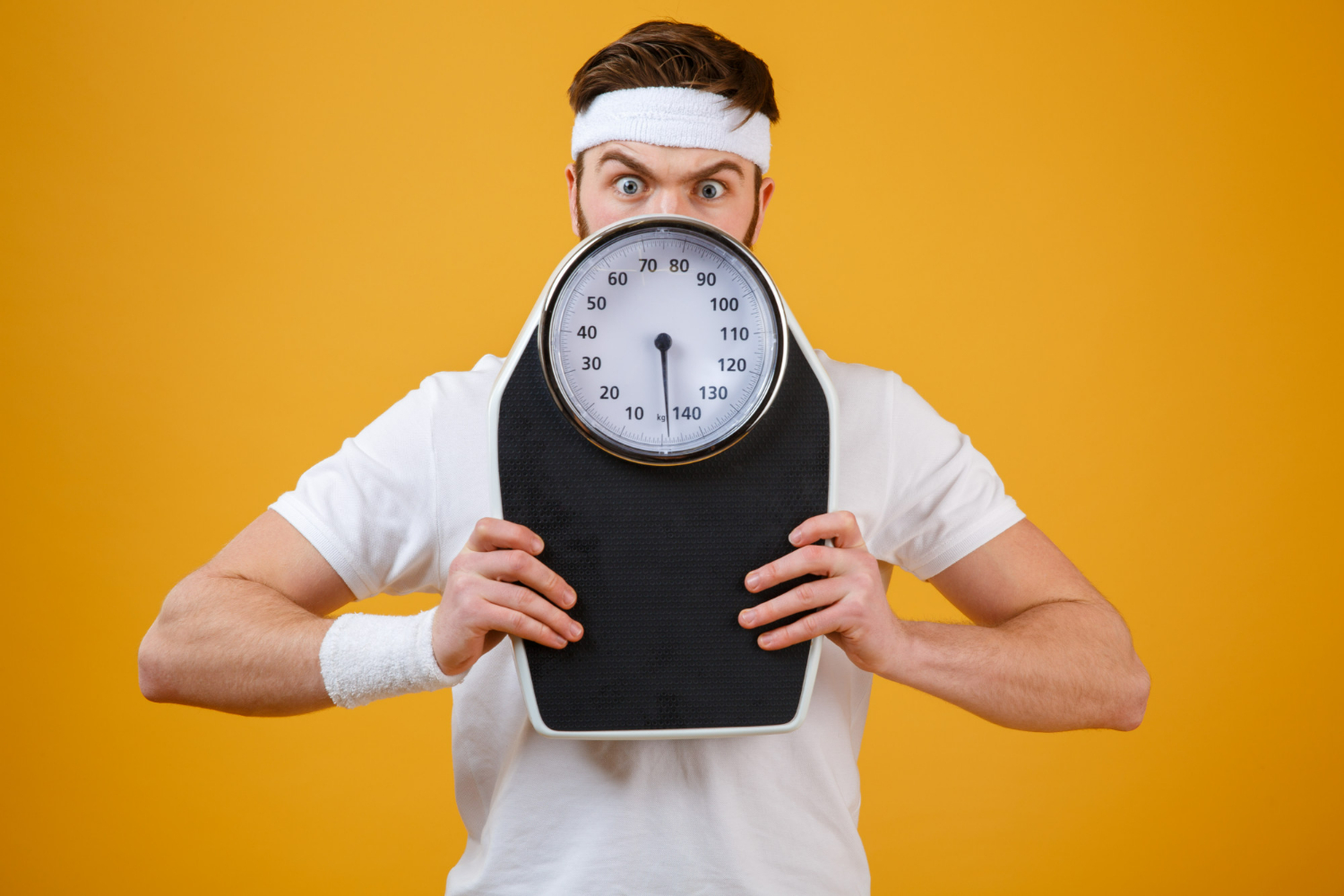Introduction
Hair loss, particularly alopecia, can significantly impact an individual’s confidence and self-esteem. In this article, we delve into the various treatments available for alopecia and explore their effectiveness in promoting hair regrowth and restoring confidence.
Understanding Alopecia
Alopecia refers to the loss of hair from the scalp or other parts of the body, resulting in baldness or thinning hair. It encompasses different types, including androgenetic alopecia, alopecia areata, and telogen effluvium, each with its own causes and patterns of hair loss.
Importance of Hair Regrowth Treatments
The psychological and emotional toll of hair loss cannot be understated. Many individuals experiencing alopecia may struggle with feelings of insecurity, anxiety, and depression due to changes in their appearance. Effective hair regrowth treatments can alleviate these emotional burdens and help individuals regain their confidence and sense of self-worth.
Topical Treatments
Minoxidil
Minoxidil, a vasodilator, is one of the most commonly used topical treatments for alopecia. It works by increasing blood flow to the scalp and stimulating hair follicles to enter the growth phase. Regular application of minoxidil solution or foam can lead to noticeable improvements in hair density and thickness over time.
Corticosteroid creams
Corticosteroid creams or ointments are often prescribed for individuals with alopecia areata, especially in cases where hair loss is localized to specific areas. These anti-inflammatory medications help suppress the immune response attacking hair follicles, promoting hair regrowth in affected areas.
Anthralin
Anthralin, a synthetic compound derived from coal tar, is another topical treatment option for alopecia areata. It works by irritating the skin and stimulating an immune response, which can lead to hair regrowth. Anthralin is typically applied to the scalp for short periods and washed off to minimize skin irritation.
Oral Medications
Finasteride
Finasteride, a 5-alpha-reductase inhibitor, is an oral medication approved for the treatment of androgenetic alopecia in men. It works by blocking the conversion of testosterone to dihydrotestosterone (DHT), a hormone implicated in hair follicle miniaturization and baldness. Daily finasteride intake has been shown to halt hair loss and promote partial hair regrowth in men with male pattern baldness.
Dutasteride
Dutasteride, similar to finasteride, inhibits the production of DHT but is not yet FDA-approved for treating hair loss. However, some studies suggest that dutasteride may be more effective than finasteride in promoting hair regrowth, particularly in individuals with severe androgenetic alopecia.
Invasive Procedures
Hair transplant surgery
Hair transplant surgery involves harvesting hair follicles from donor areas, such as the back or sides of the scalp, and transplanting them into bald or thinning areas. This surgical procedure provides a permanent solution to hair loss and yields natural-looking results. Advanced techniques like follicular unit transplantation (FUT) and follicular unit extraction (FUE) ensure minimal scarring and maximum hair density.
Platelet-rich plasma (PRP) therapy
PRP therapy involves extracting platelets from the patient’s blood and injecting them into the scalp to stimulate hair growth. Platelets contain growth factors that promote tissue repair and regeneration, including the proliferation of hair follicle cells. PRP therapy is a minimally invasive procedure with no downtime and has shown promising results in promoting hair regrowth in individuals with androgenetic alopecia and alopecia areata.
Alternative Therapies
Essential oils
Essential oils like rosemary, peppermint, and lavender have been traditionally used to promote hair growth and improve scalp health. When applied topically or used in scalp massage, these oils stimulate blood circulation, nourish hair follicles, and reduce inflammation, contributing to healthier hair growth.
Scalp massage
Scalp massage improves blood circulation to the hair follicles, delivering essential nutrients and oxygen for optimal hair growth. Gentle kneading and circular motions help relax the scalp muscles, relieve tension, and stimulate hair follicle activity, promoting thicker, stronger hair.
Herbal supplements
Certain herbal supplements, such as saw palmetto, ginseng, and pumpkin seed oil, are believed to inhibit the production of DHT and support hair regrowth. While scientific evidence supporting their efficacy is limited, some individuals may experience positive results when incorporating herbal supplements into their hair care regimen.
Lifestyle Changes
Diet and nutrition
A balanced diet rich in vitamins, minerals, and proteins is essential for maintaining healthy hair growth. Foods high in antioxidants, omega-3 fatty acids, and biotin promote scalp health and support hair regrowth. Incorporating nutrient-dense foods like fruits, vegetables, lean proteins, and whole grains into your diet can improve the condition of your hair and scalp.
Stress management techniques
Chronic stress can exacerbate hair loss by disrupting the hair growth cycle and triggering inflammatory responses in the body. Practicing stress-reducing techniques such as meditation, yoga, deep breathing exercises, and regular physical activity can help manage stress levels and promote hair regrowth.
Combination Therapies
Combining multiple hair regrowth treatments can enhance their effectiveness and produce more significant results. For example, using a combination of minoxidil foam, oral finasteride, and PRP therapy may yield better outcomes for individuals with androgenetic alopecia than using each treatment alone. However, it’s essential to consult with a dermatologist or hair loss specialist to develop a personalized treatment plan tailored to your specific needs and goals.
Conclusion
Hair regrowth treatments for alopecia encompass a wide range of options, including topical treatments, oral medications, invasive procedures, alternative therapies, and lifestyle changes. While some treatments have been proven effective through clinical trials and scientific research, others may require further investigation. By understanding the mechanisms of action and potential side effects of each treatment option, individuals with alopecia can make informed decisions and work towards restoring their hair and confidence. It’s crucial to consult with a qualified healthcare professional to determine the most suitable treatment approach based on your unique circumstances and preferences. With the right combination of treatments and lifestyle modifications, achieving meaningful hair regrowth is possible, empowering individuals to embrace their natural beauty and live life to the fullest.



















